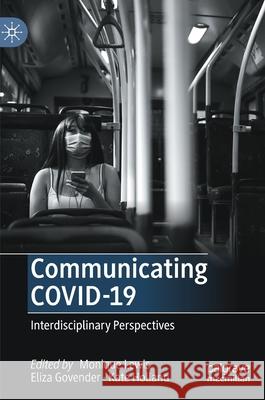Communicating Covid-19: Interdisciplinary Perspectives » książka
topmenu
Communicating Covid-19: Interdisciplinary Perspectives
ISBN-13: 9783030797348 / Angielski / Twarda / 2021 / 427 str.
Communicating Covid-19: Interdisciplinary Perspectives
ISBN-13: 9783030797348 / Angielski / Twarda / 2021 / 427 str.
cena 644,07
(netto: 613,40 VAT: 5%)
Najniższa cena z 30 dni: 578,30
(netto: 613,40 VAT: 5%)
Najniższa cena z 30 dni: 578,30
Termin realizacji zamówienia:
ok. 22 dni roboczych.
ok. 22 dni roboczych.
Darmowa dostawa!
Kategorie:
Kategorie BISAC:
Wydawca:
Palgrave MacMillan
Język:
Angielski
ISBN-13:
9783030797348
Rok wydania:
2021
Wydanie:
2021
Ilość stron:
427
Waga:
0.65 kg
Wymiary:
21.01 x 14.81 x 2.39
Oprawa:
Twarda
Wolumenów:
01
Dodatkowe informacje:
Wydanie ilustrowane











